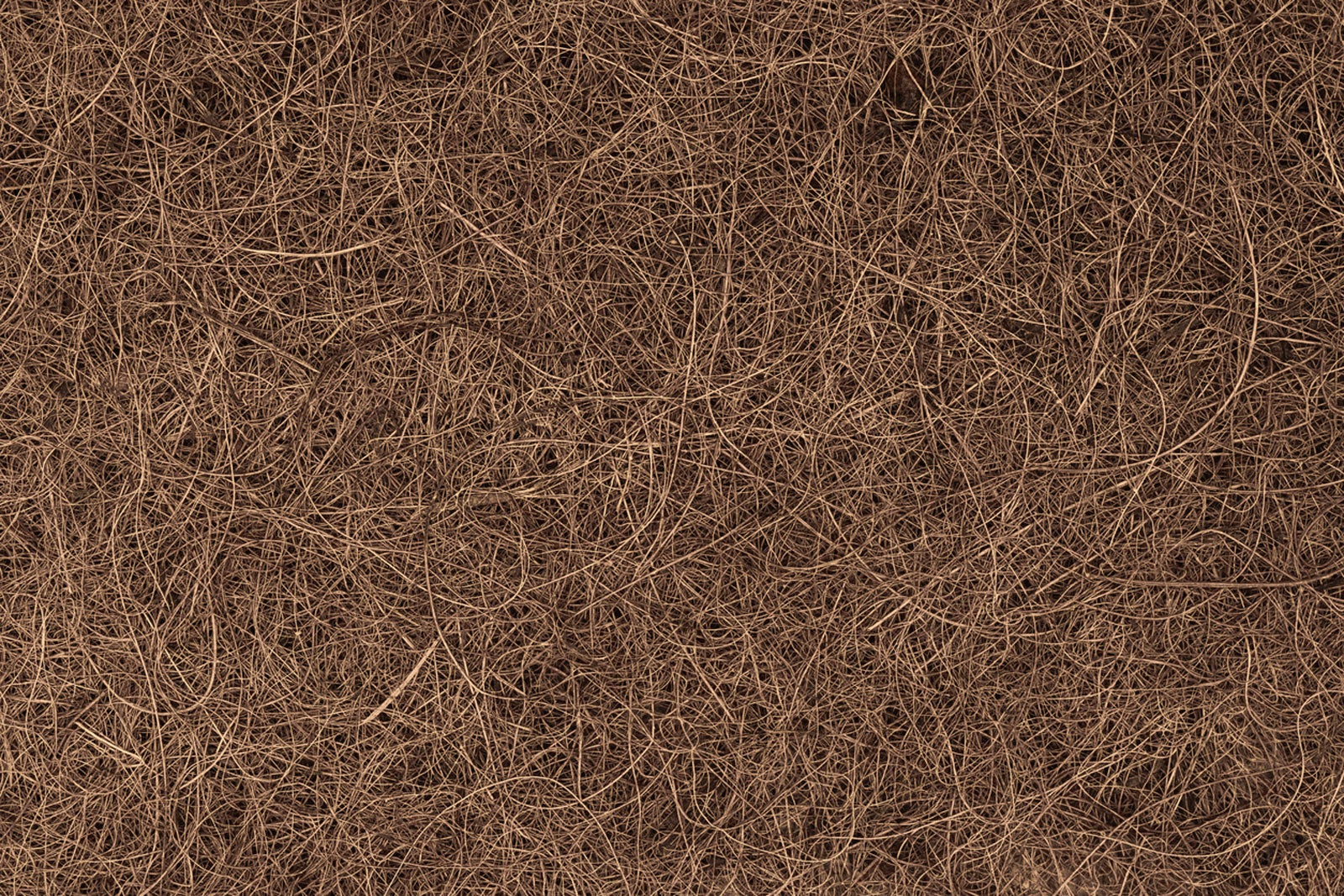Coco Coir: What It Is And How To Use It As A Growing Medium
There's a lot to know about using coco coir and coco peat for plants. It's all great stuff, but has pros and cons.


What Is Coco Coir? How To Use It As A Growing Medium
Wondering about the difference between coco peat and coco coir?
Coconut coir is a common substitute for peat moss. This soil amendment is a byproduct of processing coconuts. It is the fibrous husk on the inside of the shell of these fruits. This husk was used for things like rope or brushes for quite some time, but it has been discovered to loosen soil, hold moisture, and is biodegradable. Now coconut coir for plants is widely available and offers a great alternative to peat moss.
What Is Coco Coir or Coco Peat?
Coconuts are composed of several layers. They have an endocarp or shell and an exocarp which protects the fruit and water inside. The endocarp covers the coir and coir pith. The coir is the fibrous, hair-like material in the mesocarp.
The coir pith is spongy stuff that holds the coir to the shell. From the extraction of the coir, the pith becomes dusty and is used as coir peat. The coir is retted from the shell, which is a process of soaking in hot seawater. The resulting coconut coir is often used in stuffing, brushes, and other products, but also is used as a soil amendment or planter liner. The coco peat is also marketed as an addition to soil. It is much finer than coco coir and mixes well with soil or soilless media.
Coco Peat vs. Peat Moss
Coco peat does not contain peat moss. It is a separate product from coir and is much looser and finer. As a substitute for peat moss, it is more sustainable. This is because peat moss takes centuries to form. When we harvest peat moss we are breaking up ecosystems in a way that cannot be repaired for centuries. Coconut peat has many of the same attributes as peat moss and is a discard item that can be used as a substitute.
Types of Coco Coir
There are 3 main types of coir available on the market. The first is chunks or chips. These large pieces hold water well and are used in container gardens.
Bricks hold 5 times their weight in water. They must be soaked prior to using them and will expand a great deal. Bricks are often used in seed starting or as a soil additive. Coco peat from the pith is rehydrated prior to use.
Gardening tips, videos, info and more delivered right to your inbox!
Sign up for the Gardening Know How newsletter today and receive a free copy of our e-book "How to Grow Delicious Tomatoes".
The peat holds so much water it is often best to mix it with other amendments rather than use it alone.
Coco Peat Advantages
When rehydrated, coco peat looks much like peat moss, only darker. It is a common item that aerates the soil, increases water-holding capability, and is weed and disease-free. Coir peat is not as acidic as peat and contains a pH preferred by most plants. It will also last at least 3 times longer than peat moss. It contains potassium as well as zinc, iron, manganese, and copper.
Harvesting coco peat for plants is a non-toxic process that does not disrupt the environment and keeps landfills free.
Coco Peat Disadvantages
Coco peat has a larger carbon footprint than peat moss. This is because most of our peat moss comes from Canada, while most of the coir and peat comes from far-flung places like Sri Lanka and India. Coco peat can be difficult to find in bulk, making it less attractive for nursery or large project use.
How to Use Coco Peat
Coco coir needs to be rehydrated prior to use. If it is in the form of chips these may need to be soaked for a few hours, while bricks may require 12 hours or more. It can be used in any application where peat moss would be used. Coir is a soil amendment, overwinters bulbs, biodegradable pet bedding, and other uses.
FREQUENTLY ASKED QUESTIONS
Is Coco Coir Good for All Plants?
While there aren’t very many, plants that prefer a more alkaline environment will not fare well in coir. Additionally, plants that need dry soil such as many desert succulents, will find the medium to hold too much water.
Is Coco Coir Sustainable?
It is true coir is taking a waste product and making it useful. It is also true that coir is biodegradable and its use preserves peat bogs. But the longer distances required to transport the material indicate a less environmentally friendly character. It is also time-consuming to process and the factories in which it is made are dusty and potentially dangerous for workers. Processing also produces wastewater. And lastly, coconut farmers must purchase fertilizers to replenish soil since the coir is not going back into the land. So really, it is a personal choice as to which is better, coir or peat.

Bonnie Grant is a professional landscaper with a Certification in Urban Gardening. She has been gardening and writing for 15 years. A former professional chef, she has a passion for edible landscaping.